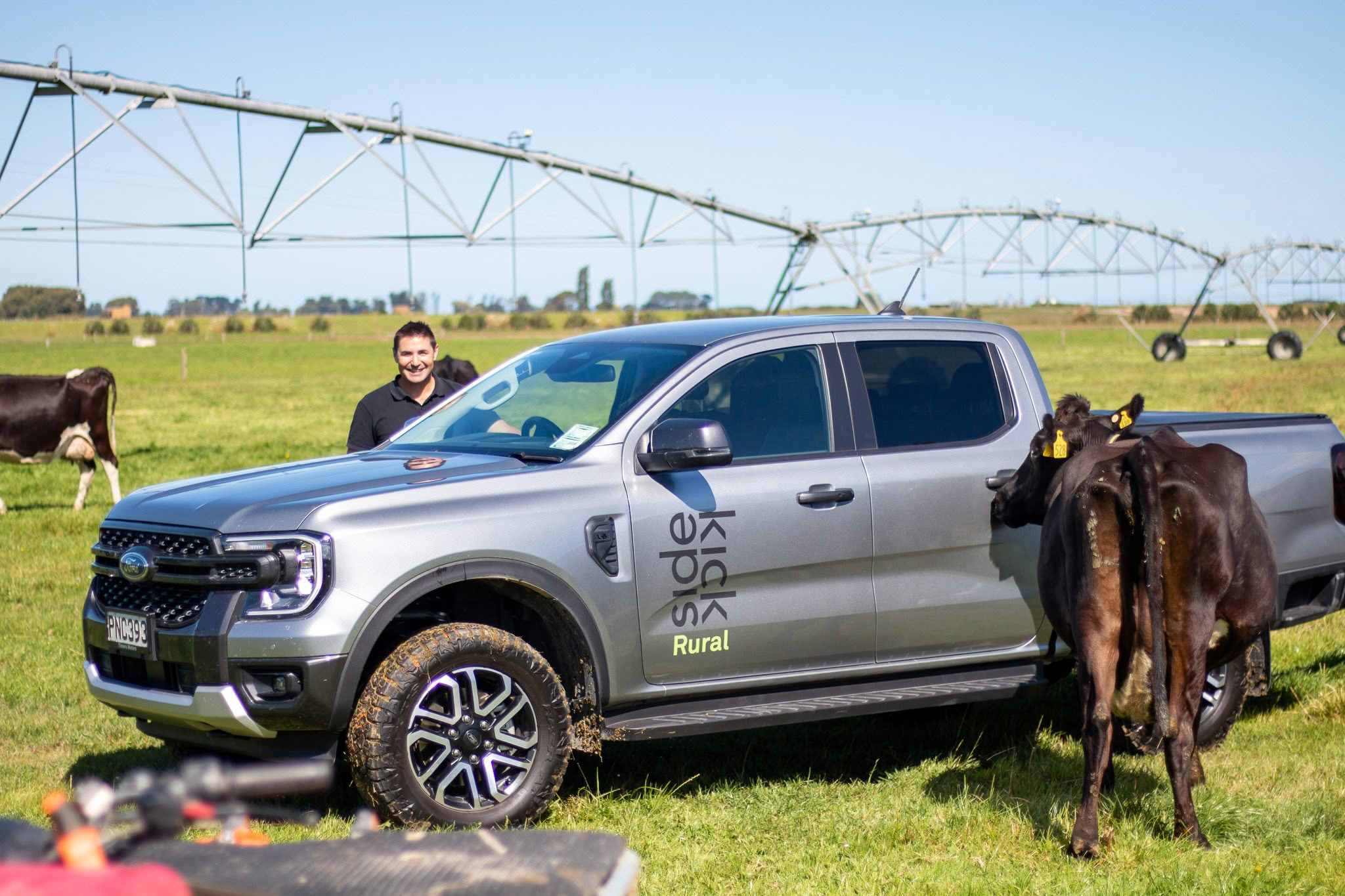Inland Revenue determines each year’s herd scheme values (National Average Market Values or NAMV) by reviewing the livestock market.
The herd values for dairy this year have seen a very small fall in values on average across all female classes, but a small increase in values on average across all male classes.
The outlook for the farm gate milk price at the beginning of last season looked bleak but has improved through the course of the season. On-farm inflation remains high. The availability of labour remains a significant issue.
Beef values have fallen on average 6.5%. Drought in many parts of New Zealand put pressure on meatworks to process stock, however most farmers were well placed due to good stock weights coming into calving.
Sheep values have fallen substantially, with many sheep farmers having their worst season in decades due to low commodity prices, drought, high interest rates and high on-farm inflation, even in the face of aggressive cost-cutting. Wool markets remain uncertain. Increased shearing costs continue to make wool uneconomic except at the fine end of the market.
The herd values generally come out in May, while the National standard costs (NSC) values are announced earlier in the year, based on farm input costs.
The two valuation methods offer farming businesses different options. Livestock valuation is complex and deciding which method to use is significant. It is also important to file your elections to value livestock using a particular scheme within the required time frames.
We can discuss all this with you in the context of your 2024 financial statements and tax returns. Reach out to us for a chat!













